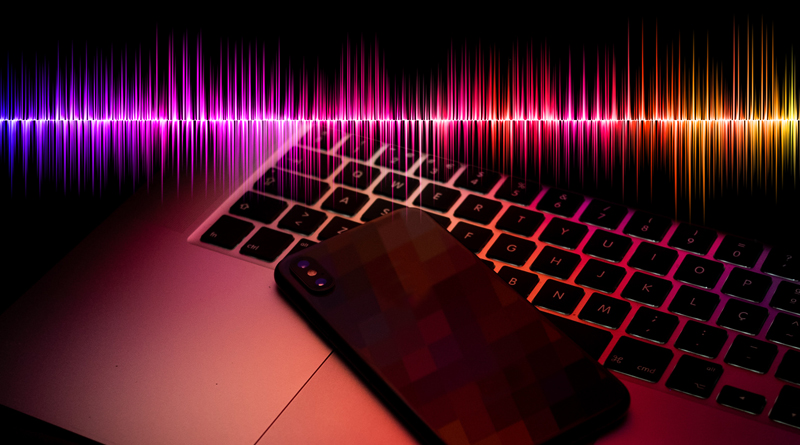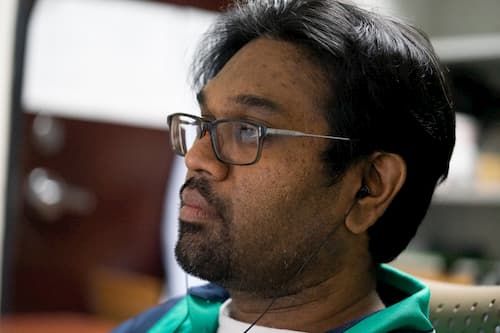
Computers May Soon Detect Depression in Your Voice
Researchers at the Massachusetts Institute of Technology (MIT) have been studying and refining computer-based speech pattern recognition, specifically deep learning, to be able to detect depression or anxiety in people’s speech patterns. They hope that one day, this technology can be used to help diagnose depression, anxiety, and other mental health issues more quickly to provide faster intervention and treatment for these conditions, as the sooner these issues are identified and treated, the better the outcomes people who may need help with these conditions tend to have.
The researchers also hope that this technology will help reduce the need for patients to visit a doctor in order to confirm a depression diagnosis and have to rely on a set of questions to determine whether a patient has a condition or not. They aim to potentially enable one’s own computer to make that determination based on one’s own everyday conversations.
The study itself used a group of interconnected computers known as a computer farm, or a server farm, and combined the collective processing power of all the computers together to analyze speech pattern data and devise a model that would ideally be used to detect any number of changes within a person’s normal conversation that may indicate depression or any other condition.
“There is significant signal in the data that will cue you to whether people have depression,” commented Tuka Alhanai, MIT research assistant and Ph.D. candidate in computer science. “You listen to overall conversation and absorb the trajectory of the conversation and speech, and the larger context in which things are said.”
From there, the computer would scan conversations to find these cues. So far, using their most completed model, researchers have observed a 70% success rate in uncovering depression in the course of their trials. They also make special note of the many ways they can improve this technology. For instance, they seek to improve the successful detection rate well into the upper 90’s in terms of percent. They would like to do this using faster processors as the technology advances and enables this in the not-so-distant future. Such increased processing power would inevitably fine tune these results and get them closer to that well over 90% mark. Moreover, researchers would also like to expand the use of this technology to detect signs of depression within changes in body language or even writing patterns, such as through text message, email, direct messaging, etc.
In addition to making new depression diagnoses, researchers would also like to employ this technology to monitor patients currently diagnosed with depression in order to track their treatment and help determine the most effective and successful treatment for that patient.
Of course, there are always concerns over privacy, overreach, and misuse/abuse, but these are always valid concerns when dealing with any technology that involves deep computer learning and even artificial intelligence. Nevertheless, assuming the proper safeguards are in place to prevent improper use, this technology has incredible potential to help fight depression through earlier detection and lessen its long-term effects on a person’s mental health and, to some extent, even their physical health.
Source: POC Network

Andrew has worked with many children with various neurodiversities in various educational settings, most often as a science teacher. He enjoys reading, games, sports, music, biking, and volunteering. One day, Andrew hopes to be a pediatrician and continue his work with children in a medical setting. Currently, Andrew works at the Dr. Harold Reitman Boys and Girls Club, teaching teens valuable life skills such as money management, academic success skills, and career pursuit and retention skills.




